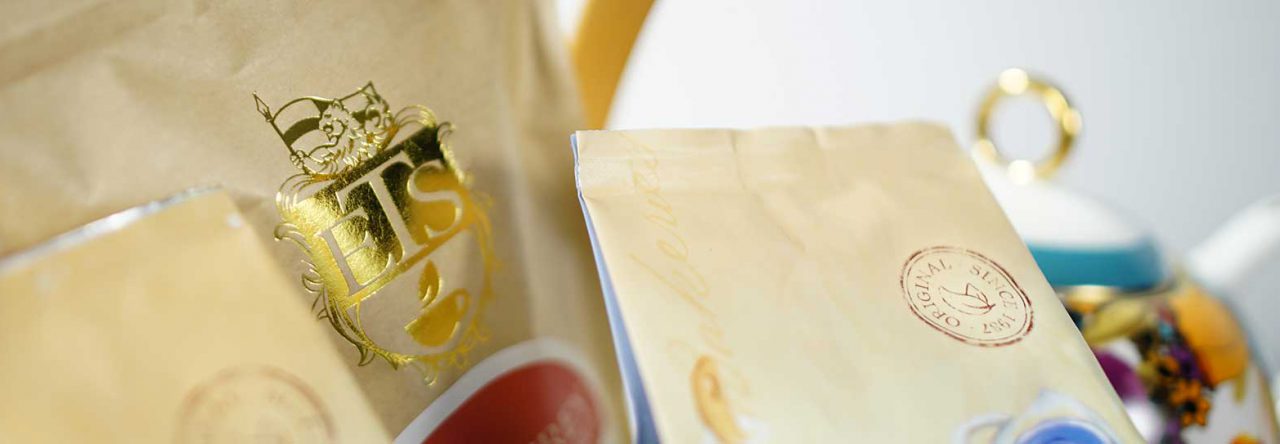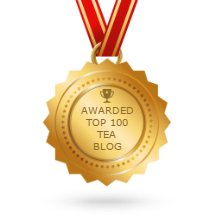
Northern Lights, kilts, bagpipes, and haggis aren’t the only things Scotland is known for. There’s William Wallace (comically portrayed by Mel Gibson), Mary (cousin of Elizabeth I, who imprisoned and eventually beheaded her), and tea. Time for some more details, especially about that last item, but also about other things to know (just in case you end up popping over there for a cuppa some day).
1 Call ’em “biscuits,” not “cookies”
Whether they’re shortbread or chocolate chip or a myriad of other flavors, those flat baked things are called “biscuits” in Scotland (as well as other parts of the UK). Just goes to show how folks who supposedly speak the same language can have a breakdown in communication.
2 “It’s not a skirt…it’s a KILT!”
Yes, men wear that thing called a kilt at tea time (especially when it’s a formal occasion). Just don’t call it a “skirt” or you might get some hot tea in your lap. Kidding! Most kilt-wearers are used to the mix-up and will usually remain polite while correcting you.
3 Whisky is a natural part of tea time
Whisky pops up in cakes, chocolates, and even teacups at tea time. There’s Walkers Glenfiddich Whisky Cake – 14.1oz (399g), infused with single malt Glenfiddich Scotch Whisky and packed with plump fruits for a delicious traditional taste. Or you can top your scones with Elizabethan Pantry Jam – Orange Marmalade with Whisky Liqueur – 12oz (340g), a delicious concoction hand made in England with Seville oranges due to their higher pectin content. Enjoy it on scones or toast at tea time. Don’t miss Edinburgh Whisky tea, a large leaf black tea from China that is marinated with an alcohol-free whisky. The tea acquires a smooth flavor and pure taste with no peatiness and a hint of smokiness; the aroma is like a fine Scottish malt whisky. Try it black first to see if you need to add milk and sweetener.
4 Scotland’s water is extra soft
Water in Scotland is mainly soft, that is, it doesn’t have a lot of extra minerals in it. This means the tea steeps up less robust – in fact, the water is said to have a “dulling effect” on tea. So several teas have been specially blended to be stronger without being bitter.
A few top tea brands in Scotland:
- Brooke Bond – Their Scottish Blend is especially blended to brew to perfection in soft Scottish water.
- Taylors of Harrogate – Their Scottish Breakfast tea is a blend from the Assam region of India and was created to be a “thick” and strong cup of tea with a rich malty taste that is best served with milk, an ideal breakfast tea.
- Nambarrie – A “nice and strong” tea from a company in Northern Ireland (now owned by Twinings) that is also popular in Scotland, having a delivery depot in Glasgow to assure they stay the #3 brand there.
- Tetley – Their basic black tea is made of tea leaves from Africa and Assam create the unique Tetley color and taste.
- PG Tips – The best known and most popular brand of tea in the UK for over 75 years and is stronger than most Indian and African teas.
5 Scots were among first to grow tea
Tea was popularized in Scotland in the early 1600s by the Duchess of York, Mary of Modena. It was so popular that several Scots were inspired to become tea growers. Since the environment in Scotland wasn’t quite hospitable to tea plants, these adventurous tea loving folks had to cross several bodies of water to get to India and Sri Lanka (called “Ceylon” back then) to found and run tea estates. The best known is James Taylor (no, not the folk singer) who is known as “the father of Ceylon tea.” Before him, though, there was Robert Fortune, a botanist from Edinburgh who is credited with introducing tea plants to Darjeeling, India, in 1848, ending China’s monopoly on tea.
6 Thomas Lipton was from Scotland
Yeah, that guy, the one behind that tea brand on every grocery store shelf in the U.S. (not to mention in just about every gas station quick stop shop). Born in 1848 of Ulster-Scots parents in Glasgow, Scotland, he lived to the ripe age of 83; during those years he accomplished much as a self-made man, merchant, and yachtsman. Plus, he left his indelible mark on the world of tea, purchasing tea from James Taylor in Sri Lanka.
7 Tearooms in Scotland began by accident
In the article Taking Tea in Scotland by Bruce Richardson, author of The Great Tea Rooms of Britain, he tells of a tea retailer named Stuart Cranston who had a shop in Glasgow, Scotland. Cranston thought that he’d sell more teas if people could sample them, so he set up tables and chairs to seat about 16 customers. You could get a cup of China tea for 2 pence (cake was extra). His sister Kate thought it was a great idea and began opening tea rooms (salons for women, billiard/smoking rooms for men). They became quite fashionable among Glasgow society, setting the standard as a place to socialize instead of really enjoy tea (small wonder this Tea Princess has sworn off of tea rooms).
8 High Tea is actually dinner
High tea, what we think of here as tea served with delicate little portions of dainty and cute treats, is what is also known as meat tea, the evening meal, or dinner (especially among the working class). There is a hot dish, sometimes cold cuts of meat (ham salad usually), plus cakes, bread, butter, and jam. It is usually eaten between 5 and 7 pm at a regular height table (which was why it was called “high” tea). Here in the U.S. the Afternoon Tea and High Tea have merged into one thing, some getting quite elaborate and elegant and definitely not for the working class. They are also served at a regular height table (versus a low table like our coffee tables), further erasing the distinction.
Final note: Don’t forget to raise that teacup in a Scottish toast!
See more of A.C. Cargill’s articles here.
© Online Stores, Inc., and The English Tea Store Blog, 2009-2014. Unauthorized use and/or duplication of this material without express and written permission from this article’s author and/or the blog’s owner is strictly prohibited. Excerpts and links may be used, provided that full and clear credit is given to Online Stores, Inc., and The English Tea Store Blog with appropriate and specific direction to the original content.



Leave a comment